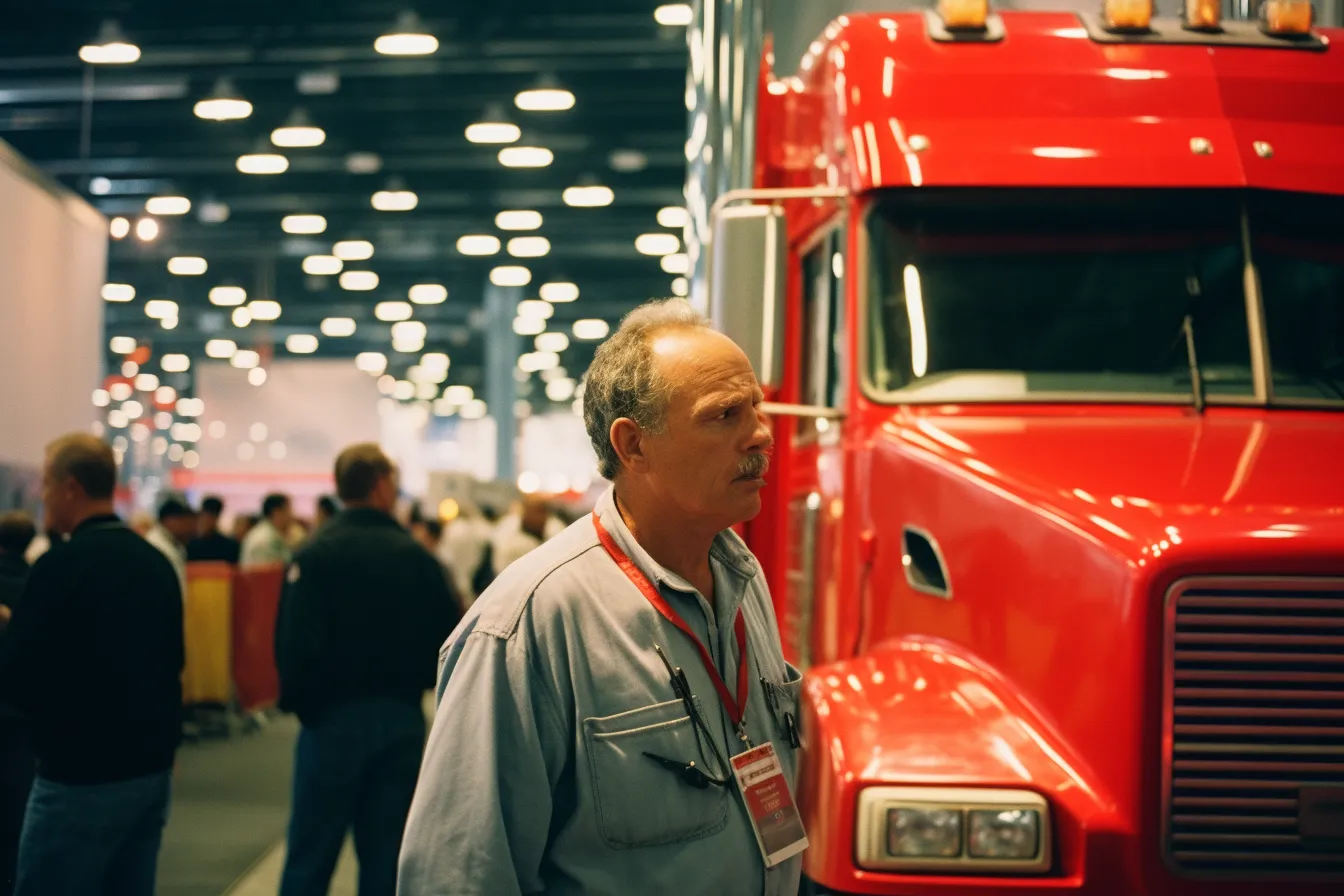When it comes to firefighting, there is no room for compromise on safety. Our brave firefighters put their lives on the line every day to protect us and our property from the ravages of fire. Understanding and utilizing the right tools and equipment is crucial to ensuring their safety in the line of duty. In this article, we will explore the importance of training and equipment in keeping our heroes safe; equipping them with the knowledge and resources they need to face any fire with confidence and competence.
The Role of Training
Training forms the backbone of firefighter safety. From the moment they join the ranks, firefighters undergo rigorous training programs designed to prepare them for the challenges that lie ahead. These programs cover various aspects of firefighting, including fire behavior, hazard assessment, search and rescue techniques, and the proper use of equipment.
By receiving comprehensive training, firefighters develop a deep understanding of fire dynamics and the potential risks involved. They learn how to anticipate and respond to potential hazards, minimizing the chance of accidents or injuries on the fireground. Training also instills discipline, teamwork, and effective communication skills — all essential components of a successful firefighting operation.
The Need for Proper Equipment
Equipping firefighters with the right tools is equally vital. Firefighters rely on a wide range of equipment designed to protect them from harm while battling fires. Personal Protective Equipment (PPE), such as helmets, turnout gear, gloves, and boots, shields them from heat, flames, and falling debris.
In addition to PPE, specialized firefighting tools like fire hoses, nozzles, axes, and ventilation equipment enable firefighters to extinguish fires swiftly and efficiently. These tools undergo continuous improvements to enhance their effectiveness and ergonomic design, keeping up with the ever-evolving demands of firefighting.
Modern technology has also introduced innovative equipment, such as thermal imaging cameras and gas detectors, which provide valuable situational awareness to firefighters, allowing them to make informed decisions and navigate through smoke-filled environments with greater ease.
Regular Maintenance and Upgrades
Maintaining and regularly inspecting firefighting equipment is critically important. After all, trusting your life to a faulty or outdated tool can have disastrous consequences. Fire departments follow strict protocols for equipment maintenance, ensuring that everything is in optimal working condition.
Regular training updates and equipment upgrades go hand in hand. As technology advances and new equipment becomes available, firefighters must undergo additional training to familiarize themselves with these tools’ proper use. Departments frequently invest in new equipment to provide their firefighters with the best resources available, further enhancing their safety and effectiveness on the job.
A Culture of Safety
Training and equipment are not solely the responsibility of individual firefighters or their departments; they are a collective effort that extends to the entire firefighting community. The fire service prides itself on sharing best practices and continuously improving overall safety standards.
Conferences, seminars, and industry publications play a vital role in disseminating knowledge, research, and technological advancements throughout the firefighting community. By coming together, learning from each other’s experiences, and embracing new ideas, we can further enhance our heroes’ safety and save more lives in the process.
It is imperative that we never take firefighter safety for granted. As a society, we owe it to our heroes to provide them with the best training and equipment available. By recognizing and understanding the tools that protect our firefighters, we ensure that they can carry out their noble duties effectively and return home safely after each call. Let us continue to honor their service by supporting efforts to enhance their training and equip them with the resources they need to protect us all.
